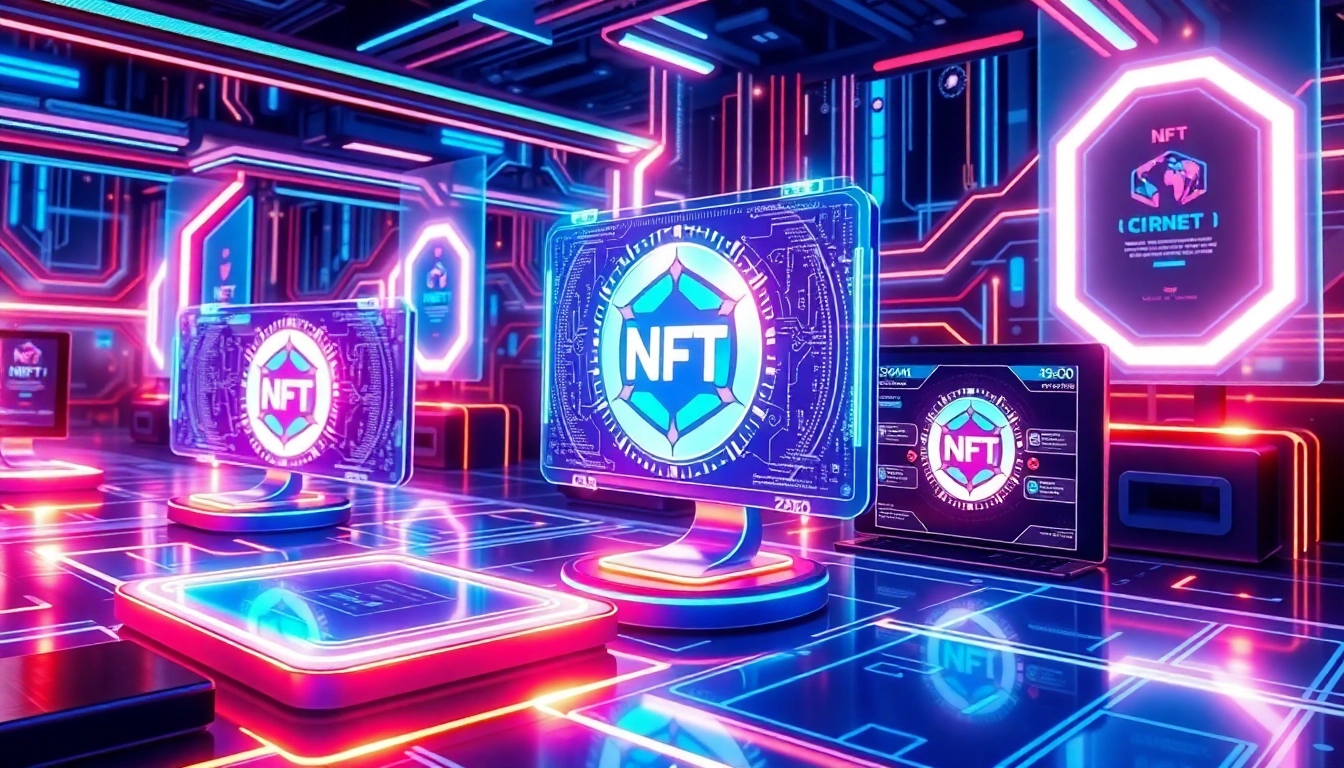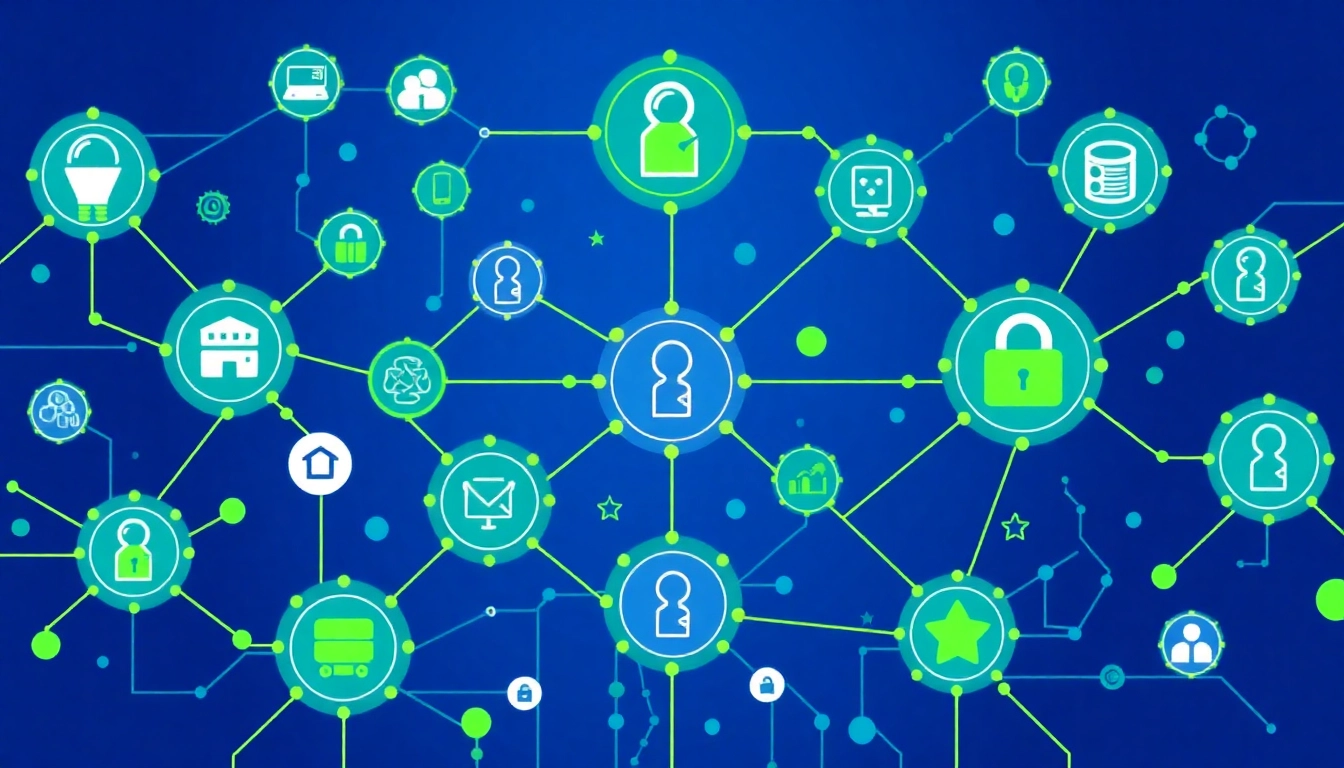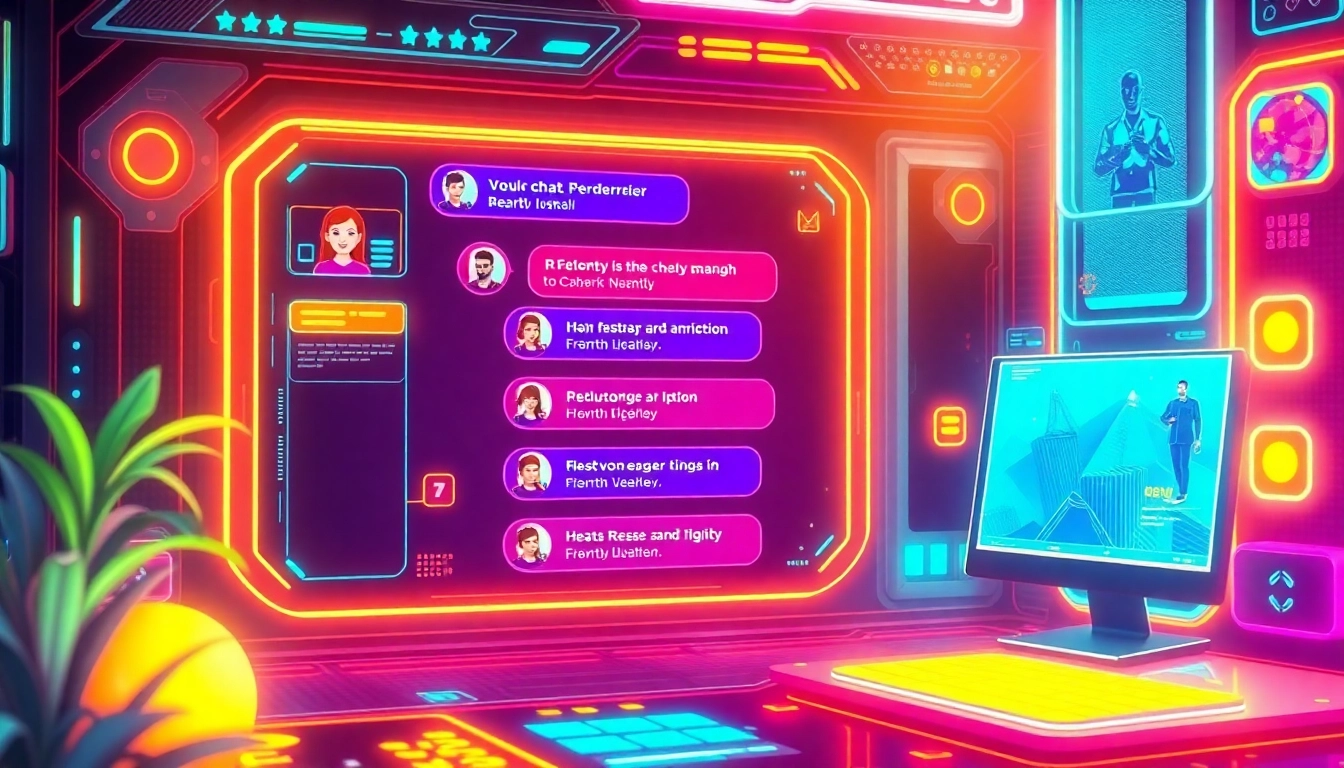Introduction to NFT Technology
Non-Fungible Tokens (NFTs) have revolutionized the concept of digital ownership, emerging as one of the most groundbreaking developments in blockchain technology. Unlike cryptocurrencies such as Bitcoin or Ethereum, which are interchangeable and hold the same value, NFTs represent unique digital assets that cannot be exchanged on a one-to-one basis. This uniqueness and verifiable scarcity have opened doors to a wide array of applications, from digital art and collectibles to real-world asset tokenization.
At the core of NFT technology lies blockchain, a decentralized ledger that ensures transparency, security, and immutability. NFTs leverage blockchain’s capabilities to provide proof of ownership and provenance for digital items, making them highly valuable for creators, collectors, and investors alike. For those seeking a comprehensive understanding of NFT technology, exploring the NFT Technology Guide offers valuable insights into the mechanics, benefits, and future trajectory of this innovative realm.
Understanding NFTs and Blockchain Basics
What Are NFTs?
Non-Fungible Tokens (NFTs) are unique digital representations of assets stored on a blockchain. These tokens serve as proof of ownership or authenticity of specific items, ranging from digital art and music to virtual real estate and gaming assets. What differentiates NFTs from other digital assets is their indivisibility—each NFT is distinct and cannot be subdivided or exchanged on a like-for-like basis.
The technology behind NFTs ensures their uniqueness and security through cryptographic principles. This makes NFTs particularly suitable for verifying authenticity, preventing forgery, and establishing clear ownership rights. As a result, artists and content creators can monetize their work directly, while buyers gain confidence in the provenance and scarcity of their acquisitions.
Blockchain Foundations and Key Standards
Most NFTs are built on blockchain platforms such as Ethereum, Solana, or Binance Smart Chain. Ethereum remains the dominant platform, primarily because of its robust ecosystem and the ERC-721 and ERC-1155 standards—two essential protocols defining how NFTs are created and managed.
- ERC-721: The original standard for non-fungible tokens, allowing for unique tokens with distinct properties.
- ERC-1155: A multi-token standard that supports both fungible and non-fungible tokens within a single smart contract, enabling more efficient and flexible asset management.
Other platforms like Solana leverage different standards but share similar core principles, focusing on scalability, low transaction costs, and faster confirmation times.
The Evolution of Digital Ownership
The concept of digital ownership has evolved dramatically over recent years. Traditionally, owning a digital item meant having access or a license to use, but it did not confer true ownership or scarcity. The advent of NFTs has changed this paradigm by enabling verifiable ownership, provenance tracking, and transferability of digital assets without intermediaries.
Early digital collectibles, such as digital trading cards or simple images, paved the way for more complex applications like digital art marketplaces and gaming economies. Today, NFTs facilitate a new form of value exchange—artists can directly sell their work, collectors can securely trade assets, and brands can engage consumers through exclusive digital experiences.
This shift also extends to real-world assets, where physical objects—luxury goods, real estate, even commodities—are being tokenized, blending tangible and digital ownership in unprecedented ways.
Impact on Creative Industries and Beyond
In art, NFTs have provided artists with new revenue streams, royalties on secondary sales, and enhanced control over their works. Digital art sales soared to billions of dollars, with artists like Beeple achieving record-breaking prices. Beyond arts, sectors such as gaming, fashion, entertainment, and real estate are integrating NFT technology to revolutionize their operations and consumer interactions.
Why NFTs Matter in Today’s Digital Economy
The significance of NFTs extends beyond their initial use cases. They have introduced a paradigm shift in how value and ownership are perceived in a digital world. NFTs enable new forms of monetization, democratize access to markets, and foster communities built around ownership and exclusivity.
Moreover, NFT technology supports innovation in digital identity, licensing, and rights management. Brands are exploring ways to harness NFTs for exclusive access, loyalty rewards, and digital collectibles, creating new revenue channels and engagement strategies.
From an economic perspective, the NFT market has expanded rapidly, with platforms facilitating billions of dollars in transactions. This growth signals a shift toward a more asset-backed, verifiable digital economy, where digital assets carry tangible value.
Building Blocks of NFT Technology
Blockchain Platforms and Standards (Ethereum, Solana, etc.)
Selecting the right blockchain platform is critical for NFT projects. Ethereum remains dominant due to its established ecosystem and extensive developer support, using standards like ERC-721 and ERC-1155. However, scalability issues and high transaction fees have prompted innovations on other platforms such as Solana, Flow, and Binance Smart Chain, which offer faster, cheaper transactions and are gaining popularity among developers and users alike.
NFT Minting Processes and Best Practices
Minting an NFT involves creating a digital token on a blockchain that references a digital file—artwork, music, video, etc. This process typically includes uploading the asset to a decentralized or centralized platform, generating a smart contract, and confirming the creation of the NFT. Best practices include ensuring high-quality metadata, choosing reputable marketplaces, and incorporating royalty functionality for secondary sales.
Smart Contracts and Ownership Verification
Smart contracts automate the minting, transfer, and royalty payments associated with NFTs. They store ownership information securely and facilitate transparent transactions without intermediaries. Ensuring that smart contracts adhere to security standards is vital to prevent exploits and unauthorized transfers, which could compromise asset authenticity and ownership rights.
Creating, Managing, and Selling NFTs
Step-by-Step Guide to Minting Your First NFT
- Choose an NFT marketplace or platform (OpenSea, Rarible, Mintable).
- Connect your digital wallet (MetaMask, Trust Wallet).
- Prepare your digital asset, ensuring it meets platform specifications (format, size).
- Create a new NFT listing, upload your asset, and add relevant metadata (title, description, properties).
- Set your desired price, royalties, and other sale parameters.
- Confirm and mint your NFT, paying any necessary transaction fees.
Once minted, your NFT is live for sale or auction, with ownership recorded on the blockchain.
NFT Marketplaces and Platforms for Sale
Popular marketplaces such as OpenSea, Rarible, and Foundation offer accessible platforms for minting, displaying, and selling NFTs. Each platform varies in features, fee structures, and community engagement, so selecting the right platform depends on your target audience, asset type, and strategic goals.
Ensuring Authenticity and Preventing Frauds
Verification processes, digital certificates, and provenance tracking help establish authenticity. It’s crucial to scrutinize the creator’s identity, use reputable platforms, and include detailed metadata. Educating buyers about common scams and encouraging the use of secure wallets mitigates fraud risks.
Use Cases and Industry Applications
NFTs in Digital Art and Collectibles
The most visible application of NFTs is within digital art, enabling artists to monetize their work with proof of ownership and royalties. Collectibles such as CryptoKitties, NBA Top Shot, and Beeple’s art exemplify how NFTs create new markets and engagement models for fans and collectors.
Tokenized Real-World Assets and Physical Goods
Tokenization extends to tangible assets—luxury watches, real estate, automobiles—facilitating fractional ownership, liquidity, and easier transfer. For instance, real estate tokens allow investors worldwide to participate without geographic constraints, opening new avenues for investment and asset management.
Enterprise Adoption and Future Trends
Businesses are experimenting with NFTs for branding, loyalty programs, and exclusivity offerings. Major brands are releasing limited-edition digital collectibles, creating immersive customer experiences. As the ecosystem matures, integration with virtual reality, metaverse platforms, and decentralized finance (DeFi) promises to expand NFT utility and value.
Advanced Topics and Future Outlook
Scalability Solutions and Layer 2 Technologies
To address high transaction fees and network congestion, Layer 2 solutions like Polygon, Immutable X, and StarkNet are being developed. These platforms facilitate faster, cheaper transactions while maintaining the security provided by the underlying blockchains, enabling mass adoption and complex use cases.
Legal, Copyright, and Intellectual Property Considerations
The legal landscape for NFTs is evolving. Ownership rights, licensing, and copyright issues require careful attention. Clarifying whether an NFT grants copyright, reproduction rights, or mere ownership is critical. Legal frameworks are adapting to address jurisdictional ambiguities and counterfeit risks.
Emerging Innovations and the Next Decade of NFT Technology
Innovations such as cross-chain interoperability, AI-generated art, dynamic NFTs that change over time, and integration with virtual worlds are shaping the future. Continued improvements in user experience, privacy, and compliance will foster broader mainstream adoption, transforming digital asset markets and redefining ownership paradigms over the next decade.




